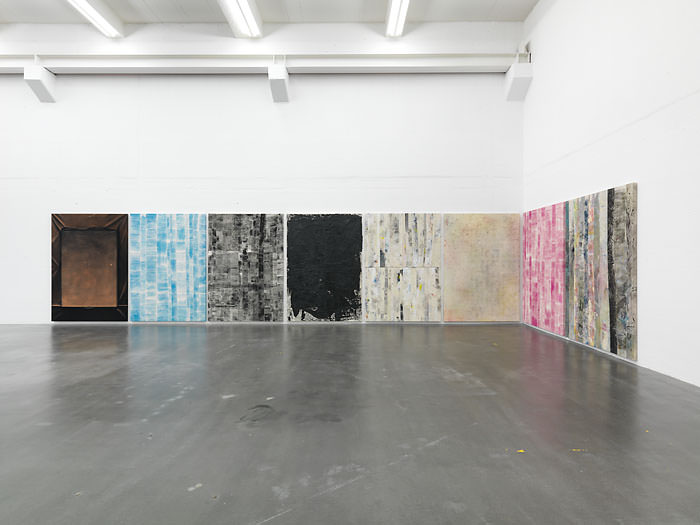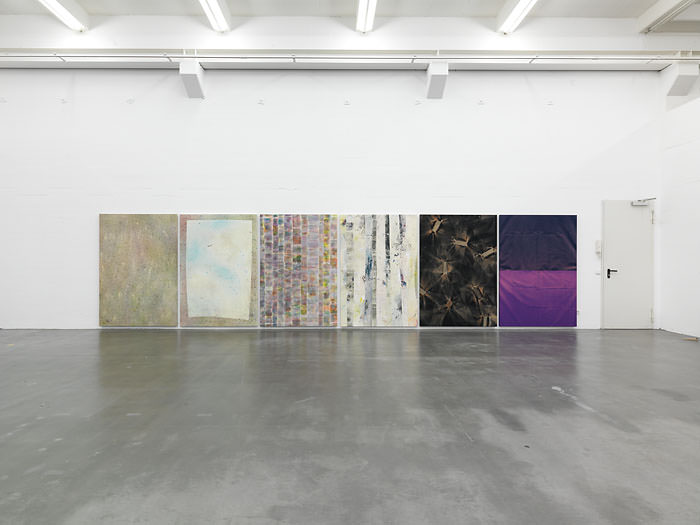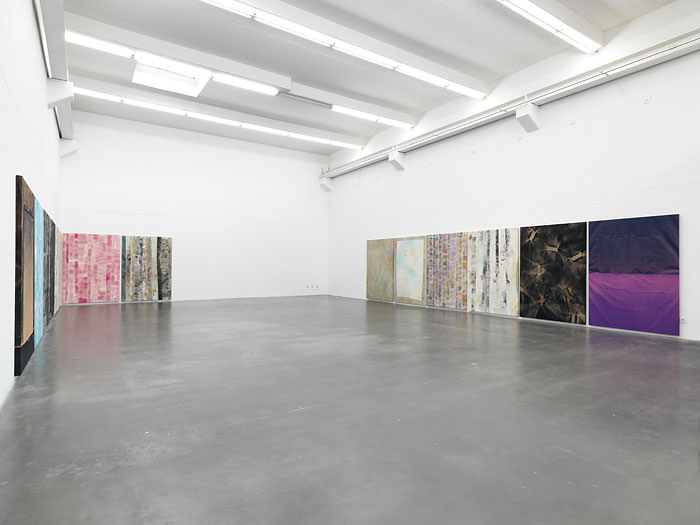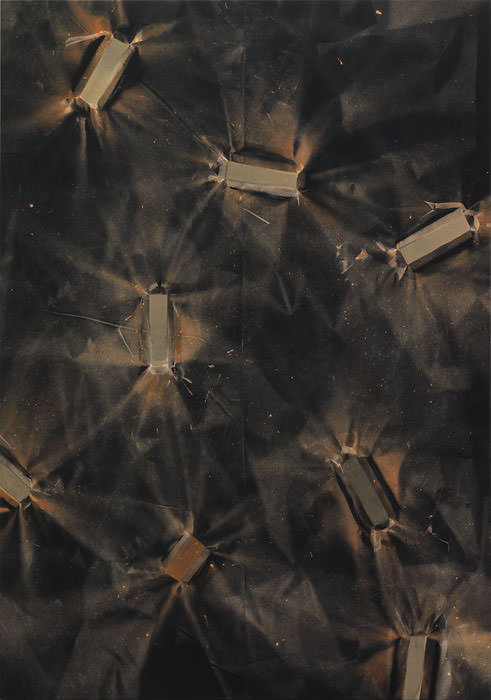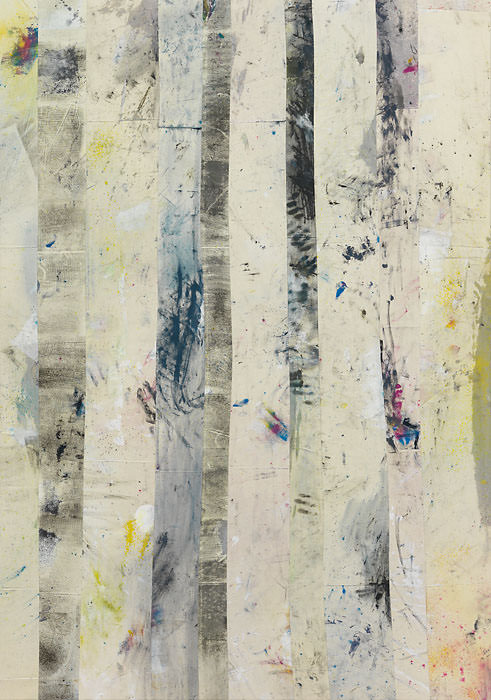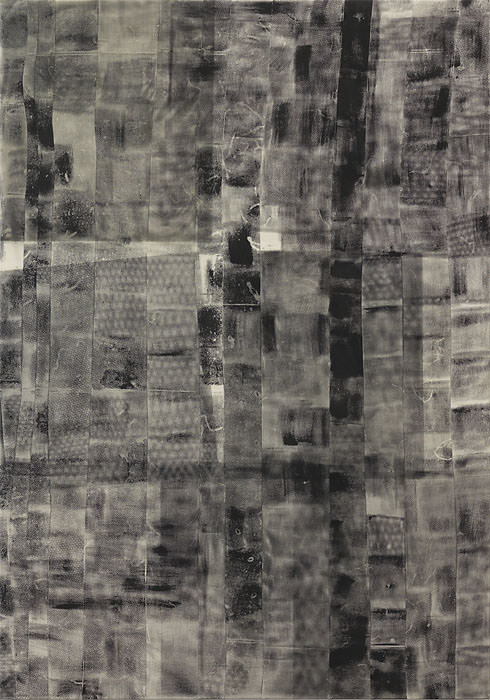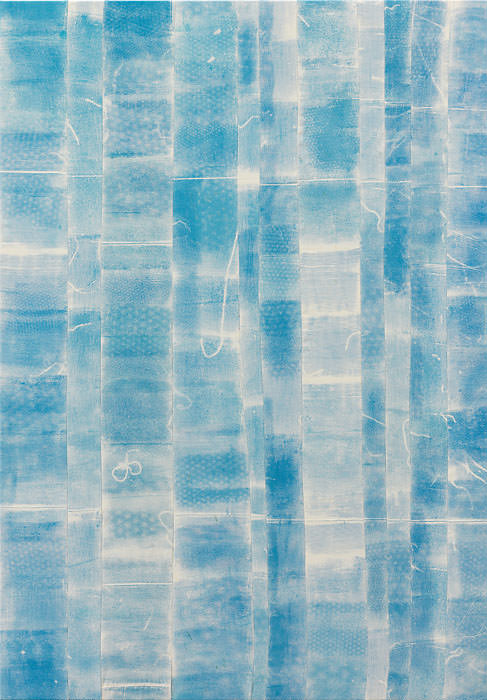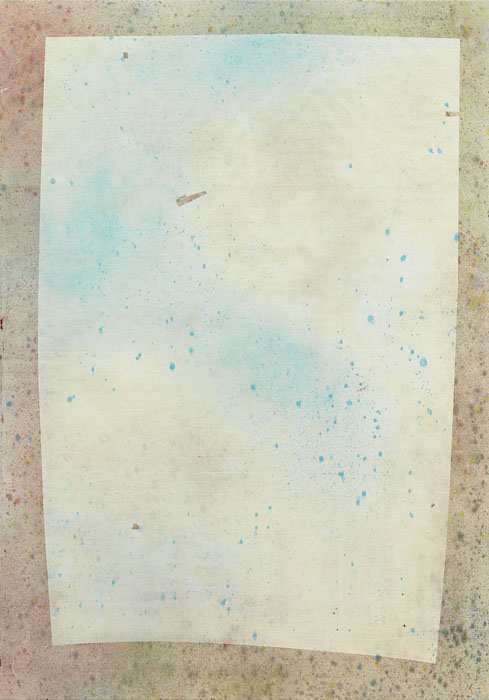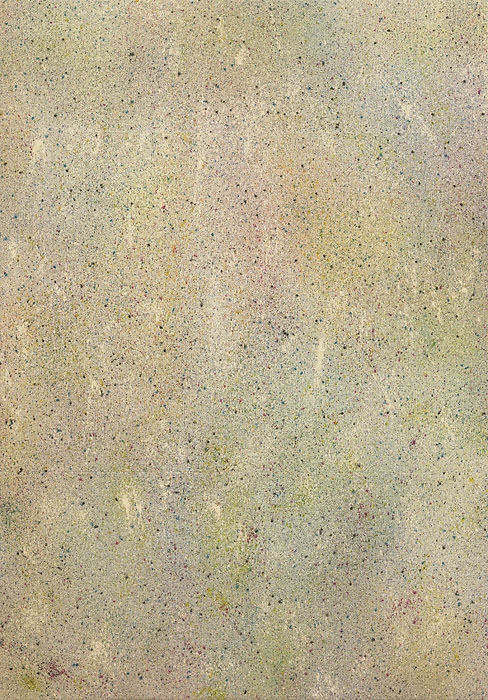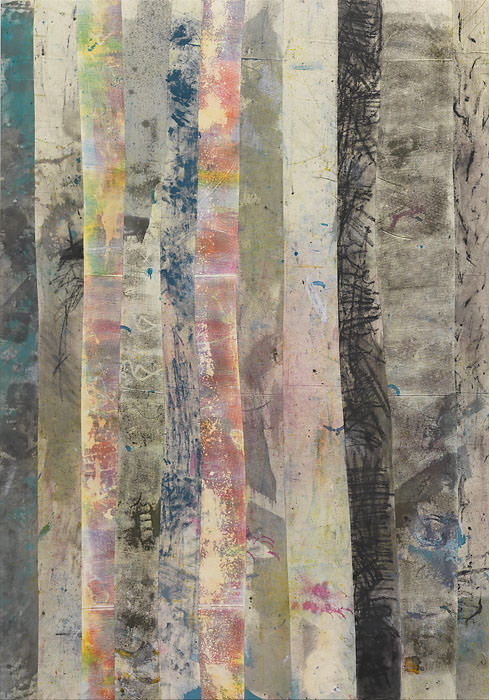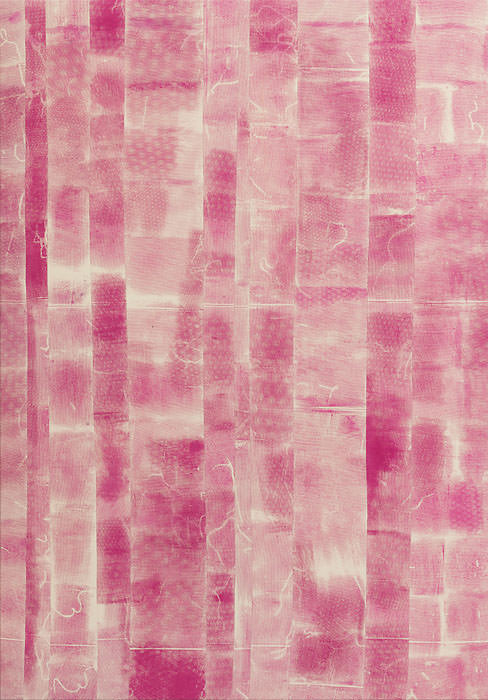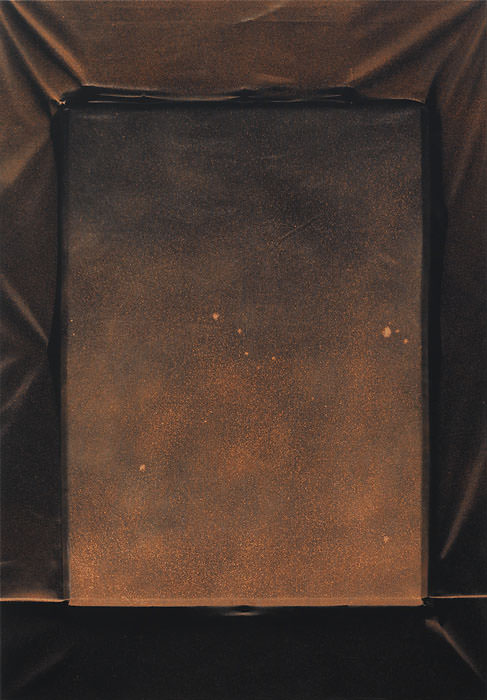COLIN PENNO
„Limbo“
April 14 – May 30, 2015
Colin Penno, 2015, 200 x 150 cm (78.7 x 55 inches)
Colin Penno, 2015, 200 x 150 cm (78.7 x 55 inches)
Colin Penno, 2015, 200 x 150 cm (78.7 x 55 inches)
Colin Penno, 2015, 200 x 150 cm (78.7 x 55 inches)
Colin Penno, 2015, 200 x 150 cm (78.7 x 55 inches)
Colin Penno, 2015, 200 x 150 cm (78.7 x 55 inches)
Colin Penno, 2015, 200 x 150 cm (78.7 x 55 inches)
Colin Penno, 2015, 200 x 150 cm (78.7 x 55 inches)
Colin Penno, 2015, 200 x 150 cm (78.7 x 55 inches)
Colin Penno, 2015, 200 x 150 cm (78.7 x 55 inches)
Colin Penno, 2015, 200 x 150 cm (78.7 x 55 inches)
Colin Penno, 2015, 200 x 150 cm (78.7 x 55 inches)
Colin Penno, 2015, 200 x 150 cm (78.7 x 55 inches)
Colin Penno, 2015, 200 x 150 cm (78.7 x 55 inches)
EXHIBITION TEXT English
But what is in fact abstract?
A row of large-scale canvases wrap around the exhibition space. The hanging condenses the works on view into a formal unity and invites visitors to view the pictures sequentially. At the same time, it also allows for a simultaneous experience of the conceptually linked series of pictures – for only in this way is the more profound dimension of this complex presentation actually revealed. The visitors are invited to immerse themselves in one pictorial space after another, while at the same time discovering the numerous formal, methodical and thematic points of reference between the series of pictures.
Collin Penno’s most recent works can be understood as both the conclusion and starting point of many years of conceptual and experimental analysis of the conventions of representation, intermediality and transmediality, as well as the art historical legacy of the 20th century. His approach questions established viewing habits and overcomes the traditional boundaries between media and disciplines, without sacrificing playfully associative moments.
The series of pictures presented here focus on a critical revision of painting, probably the oldest medium of the visual arts. Penno creates paintings without reverting to the means and methods generally associated with painting. His conceptual strategies include calculated chance as a vehicle for visual expression: Within the frameworks of a previously established set of rules, the canvases are subjected to a number of experiments, which inscribe themselves onto the painting’s surface so that the respective processes remain transparent within the completed picture. Both chemical and physical means are used, so that the artist’s studio becomes a kind of alchemistic laboratory.
The studio – as a site of nearly infinite possibilities of choice – is the stage for these creative processes. Here, methods are tested, approaches are developed further and discarded materials are recycled to be used in new processes. Ideally, his works visualize the multi-layered process of experimentation, the various results and the selection process, as well as revisions and re-combinations.
Like the icons of Modernism – back to which many of his works refer – these processes are based exclusively on analogue procedures. Without breaking with this dictum, the artist nevertheless succeeds in allowing the methods of production and forms of reception of our digital age to flow into his works: Selected “samples” from his “databank” are edited or subjected to a “remix”, and only then brought together to create the finished works.
In this way, Penno develops works, which consciously oscillate between media and disciplines and allow the picture to become an object. It is precisely this “in between” state that interests the artist. It is revealed in his handling of strips of canvas sewn together as a so-called “picture forming” material, as well as in his play with what appears to be brushwork and, on closer inspection, actually consists of a pure printing raster, or in his bleaching out of already existing colour from the pre-dyed cotton fabric. With “LIMBO”, the artist has chosen a title, which evokes associations ranging from a physically tangible feat of strength to ecstatic frenzy and laconic self-irony.
He provides numerous references, approaches and possible connections – yet every time we feel certain that we have seen through his strategy, he takes this purported certainty to the extreme. Is it indeed still painting, or is it already sculpture? Why does the Bleach Painting evoke such vibrant associations to photography? One glance opens a view onto a nearly tangible illusion of spatiality. The next one leads to the indefinable realm of abstraction. But what is in fact abstract?
Axel Braun
